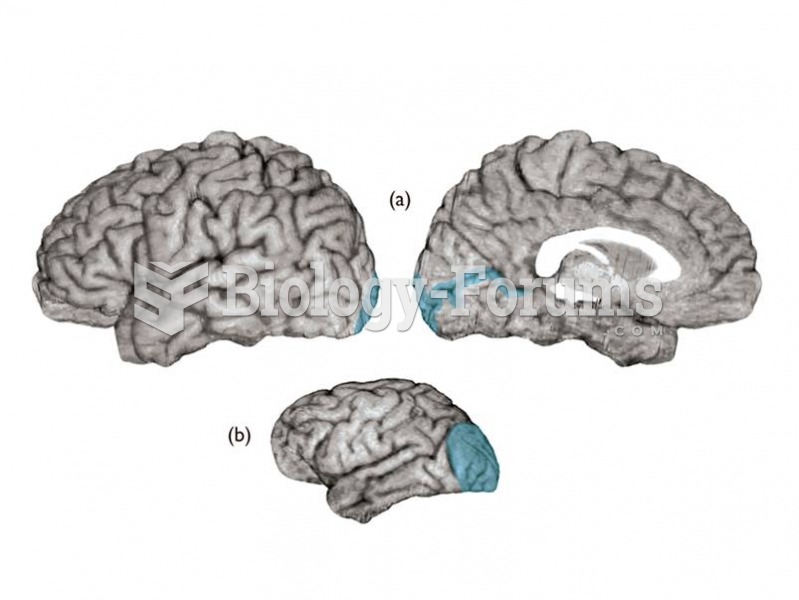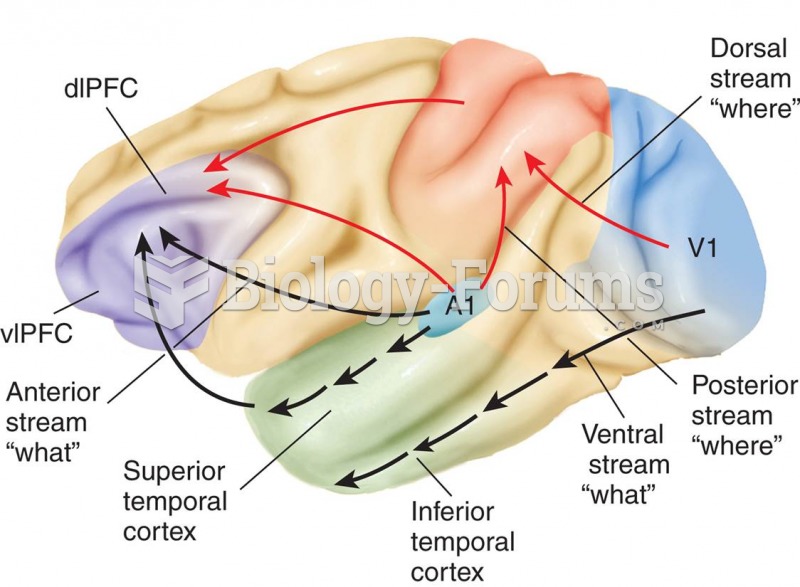Answer to Question 1
(1) Working memory and processing speed: Adolescents have adultlike working memory capacity and processing speed, enabling them to process information efficiently.
(2) Content knowledge: Adolescents' greater knowledge of the world facilitates understanding and memory of new experiences.
(3) Strategies and metacognition: Adolescents are better able to identify task-appropriate strategies and to monitor the effectiveness of these strategies.
(4) Problem solving and reasoning: Adolescents often solve problems analytically by relying on mathematics or logic, and they are able to detect weaknesses in scientific evidence and logical arguments.
Answer to Question 2
Juvenile delinquency refers to acts that are either illegal because of age (e.g., underage
smoking or drinking) or are illegal for all, but happen to be perpetrated by an individual
without adult status. Although African-American and European-American teens report
comparable numbers of delinquent acts, African-American youth are significantly more
likely to be arrested for both nonserious and serious offenses. The causal patterns of
juvenile delinquency are quite complicated. Regardless, patterns do emerge. Children
who are aggressive, hyperactive, and antisocial are more likely to show delinquent
behavior in adolescence. Other factors related to delinquency include (1) low verbal IQ
scores, (2) immature moral reasoning, (3) low self-esteem, (4) feelings of alienation,
and (5) impulsivity. Personal factors include (1) poor school performance, (2) early
substance abuse, (3) early sexuality, and (4) having delinquent friends. It is, of course,
very difficult to determine the direction of causality. For example, it is just as likely that
an adolescent who abuses a substance will engage in other delinquent acts as it is that
being delinquent may prompt one to abuse a substance.






